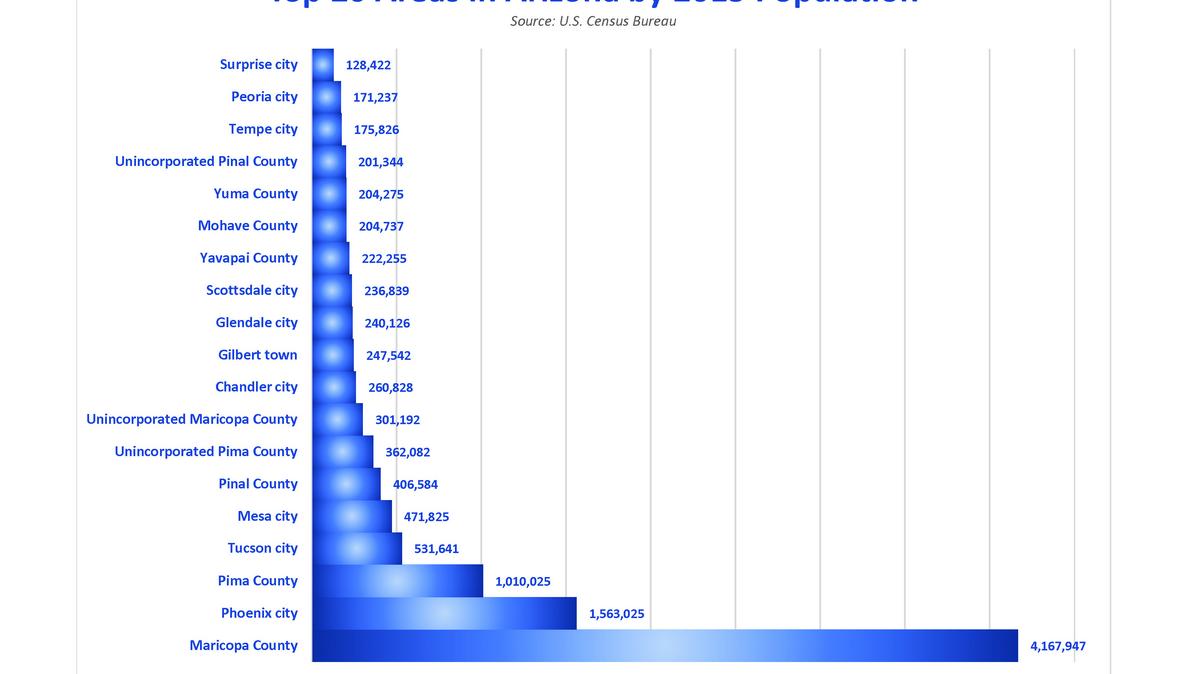
In summertime, the so-called monsoon season, much of this precipitation returns to the atmosphere almost immediately through evaporation or transpiration. Precipitation averages less than 8 inches (200 mm) annually, divided almost evenly between the winter and summer months. It is almost always sunny throughout the year. The average daily high temperature in the winter approaches 70 ☏ (21 ☌), but summer highs typically rise to more than 100 ☏ (38 ☌). Phoenix has a dry, warm climate that in the winter months attracts tens of thousands of visitors. In the past, virtually all of the region’s water was used for agricultural purposes, although an increasing share is now apportioned for municipal use. In addition, water from subterranean stores is piped into the valley from outlying areas. However, these stores have been substantially depleted, and Phoenix increasingly has come to depend on water from the Colorado River via the Central Arizona Project (CAP), an artificial waterway 336 miles (541 km) long extending from Lake Havasu on the California border to Tucson. Water is strangely abundant, given the fact that the city lies in one of the most arid regions on the continent the valley overlies a subterranean sedimentary bowl that can hold vast quantities of groundwater. Many irrigated areas in the Phoenix area are encrusted with dried mineral deposits, which accumulate and reduce the productivity of the soil. The desert soil is alkaline, and the water in the river and in local wells is saline and contains other minerals. Camelback Mountain, Squaw Peak, and South Mountain are the most prominent of these urban peaks, reaching elevations of about 2,600 to 2,700 feet (790 to 820 metres). The northern and eastern ends of this valley rise into the surrounding volcanic peaks the remainder is level terrain, dotted with small volcanic mountains of granite and schist. The Phoenix metropolitan area-the Valley of the Sun-stands at an elevation of 1,100 feet (335 metres) above sea level. The broad valley in which the city lies extends west to the Colorado River and south to the mountain chains north of Tucson, although the geographic borders of Phoenix end far short of those natural barriers. The Mazatzal Mountains rise to the northeast the Verde River flows to the west of the mountains, entering the Salt River east of Phoenix. To the east of Phoenix are the rugged Superstition Mountains, a large complex of volcanic calderas that formed about 305 million years ago the mountains reach to about 3,000 feet (900 metres) at their highest point. Phoenix lies near the confluence of the Gila and Salt rivers and is situated at the extreme northern part of the Sonoran Desert, an arid ecological zone whose characteristic plant is the nationally protected saguaro cactus. Test your knowledge of big cities and their features.

Obelisks, skyscrapers, and carnivals are just a few of the fixtures that make these cities famous.

PHOENIX POPULATION HOW TO



 0 kommentar(er)
0 kommentar(er)
